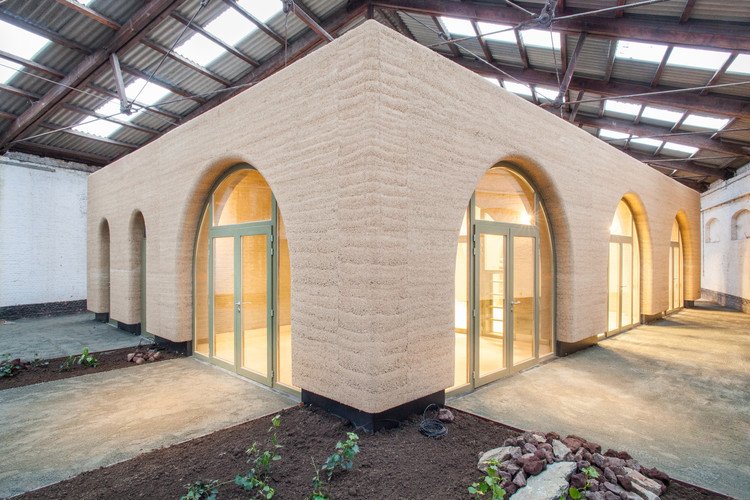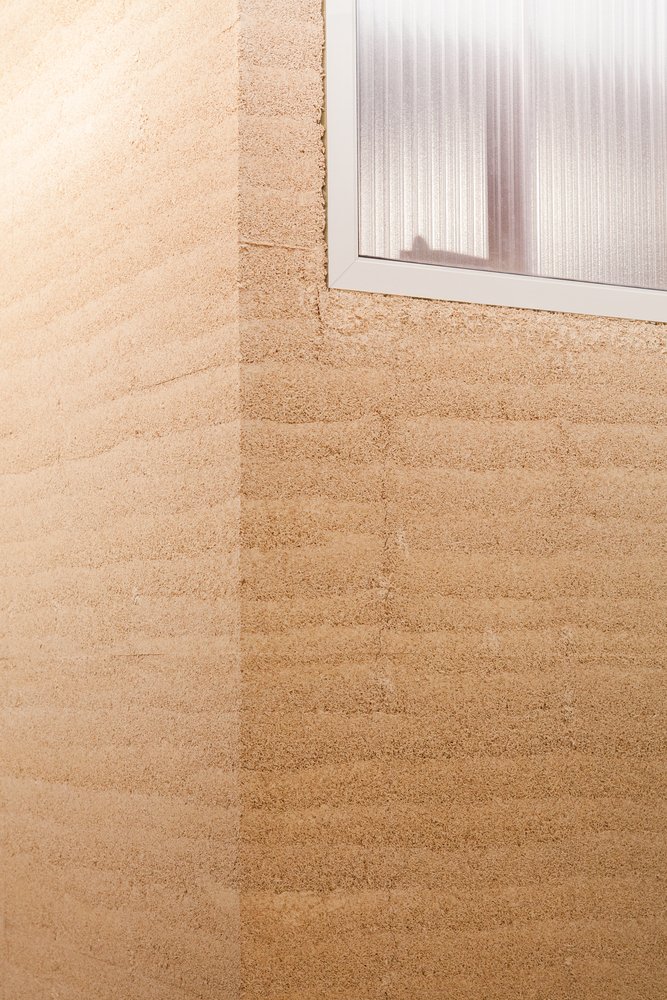Hempcrete: Revolutionizing Sustainable Construction in Single-Family Homes




In recent years, the quest for sustainable building materials has led to the rediscovery of hempcrete, a remarkable eco-friendly solution with immense potential in the construction industry. Derived from the versatile hemp plant, hempcrete offers a range of benefits, making it an attractive choice for creating energy-efficient and environmentally conscious single-family homes. In this article, we will explore the wonders of hempcrete, its benefits, and its growing use in sustainable home construction.
Similar to wood, Hempcrete is an organic material, but unlike wood, it offers the advantage of rapid growth and adaptability to various geographical locations with the assistance of agricultural technologies. Its use in construction can have a significant impact on the material lifecycle. Hempcrete can be manufactured in diverse sizes and shapes, depending on the chosen mold. It is commonly produced as modular units like panels and bricks, allowing for versatility in building design and construction.
The Rise of Hempcrete: Hempcrete, also known as hemp concrete or hemp-lime, is gaining popularity as an innovative building material. It is made by combining the inner woody core of the hemp plant, known as hurd, with a lime-based binder. This combination creates a lightweight, durable, and insulating material with remarkable sustainability features.
Environmental Benefits: One of the key advantages of hempcrete is its low carbon footprint. Hemp plants absorb large amounts of carbon dioxide during their growth, making them an excellent renewable resource. By using hempcrete in construction, homeowners can significantly reduce their environmental impact and contribute to the fight against climate change. Additionally, hempcrete is biodegradable, making it a truly sustainable choice for future generations.
Excellent Insulation Properties: Hempcrete's exceptional thermal insulation properties make it an ideal material for creating energy-efficient homes. It naturally regulates temperature and humidity, resulting in comfortable indoor environments year-round. Hempcrete walls help retain heat during colder months and keep interiors cool during hot summers, reducing the need for excessive heating and cooling systems.
Improved Indoor Air Quality: Unlike traditional building materials that may release harmful chemicals, hempcrete is non-toxic and does not off-gas. This quality ensures improved indoor air quality, creating a healthier living environment for occupants. With hempcrete, homeowners can enjoy fresh and clean air, free from volatile organic compounds (VOCs) often found in conventional building materials.
Versatility and Durability: Hempcrete offers versatility in design and construction. It can be used for walls, floors, and roofs, providing endless creative possibilities for architects and homeowners. Additionally, hempcrete is known for its durability, with structures built using this material showcasing excellent resistance to fire, pests, and natural decay.
A Path towards Sustainable Living: By incorporating hempcrete into single-family homes, homeowners can actively contribute to sustainable living. Its use helps reduce energy consumption, reliance on fossil fuels, and the overall ecological impact of residential construction. Hempcrete aligns with the principles of green building and supports the transition to a more sustainable and resilient future.
Hemp is an incredibly versatile plant with minimal water requirements, eliminating the need for artificial irrigation, and its rapid growth rate surpasses that of trees by approximately 50 times. Once harvested and dried, the fibers can be used for various purposes such as paper production, fabrics, ropes, biodegradable packaging, biofuel, and construction materials. In construction, hemp can be transformed into hempcrete, a thermoacoustic insulator similar to glass wool or rock, by mixing hemp, powdered limestone, and water to create a solid block through petrification. These blocks can be used for walls, either in the form of blocks, pulverized, or poured in linear shapes, utilizing similar techniques as mud wall construction.
The uniqueness of hemp concrete is in its versatility and multi-functionality: it has the ability to completely replace traditional mineral aggregates in conventional concretes and has historically been utilized to prevent retractions in plaster or clay brick. Once cured, hempcrete retains a significant amount of air, resulting in a density equivalent to only 15% of traditional concrete, making it an outstanding thermal and acoustic insulator. Moreover, hempcrete exhibits remarkable thermal inertia, allowing it to efficiently store and gradually release energy, making it well-suited for regions with large temperature variations between day and night. Additionally, hempcrete possesses excellent fire resistance, is non-toxic, and naturally repels mold and insects. Some studies even suggest that hempcrete can be carbon-negative, compensating for the carbon emitted during production and storing additional carbon within the material itself.
Hempcrete represents a promising solution in the quest for sustainable construction practices, particularly in single-family homes. Its unique blend of environmental benefits, superior insulation properties, and versatility make it an attractive option for eco-conscious homeowners. As the world embraces more sustainable building practices, hempcrete is poised to play a vital role in creating energy-efficient, healthy, and environmentally friendly homes. By harnessing the potential of hempcrete, we can pave the way toward a greener future for single-family home construction.